“Everything in life is just a matter of transmission,” a couch-surfing Eskimo once said to me, while smoking a cigarette he had just rolled. “Like starting your car.” The simplicity of the statement made it all the more poignant, especially for the situation at hand.
What does it mean to say that life is a matter of “transmission,” and if this is the case, then what is it transmitting? Some people may be tired of hearing references to Carl Jung in New Age and modern philosophy, but any weariness from Jung’s name either comes from a misunderstanding of his work, or an under appreciation—or both. More than a psychiatrist, or a philosopher, as Chaos magician Gordon White once put it, “Jung was a complete wizard.” With esoteric philosophy classics like Man and His Symbols and The Red Book
, Jung laid out a psychotherapeutic diagnosis tactic that involved the office of the psychiatrist, and the intentions of the shaman, in the truest etymological definition of the word, beginning with the daring but convoluted theories of Sigmund Freud. An original colleague of Jung’s, the two parted ways when Jung looked less towards Freud’s theory of a repressed, psycho-sexual “glory hole” of unconscious thoughts, and began to develop his own theories on the esoteric symbolism of the unconscious.
However, many forget today that although Freud had many of his ideas skewed, he had laid some incredible groundwork leading away from a dogmatic outlook on therapy (ironic, since Freud had stated openly that he was seeking to add the “dogma” of repressed sexuality to psychiatry). Freud’s work, although unpopular amongst scholars at the time, completely enthralled Carl Jung. Freud was the first to conduct dream analysis of an empirical nature in the mind of his patients, and singlehandedly helped catalyze the field of psychiatry in the process.
Despite his major personal pitfalls, Freud really was a revolutionary, and he was even the first in the field to discuss a “collected unconscious,” different from Jung’s philosophies of a “collective unconscious.” Whereas Freud saw this as a type of garbage heap of deposited, since-useless material that all human brains were clearly connected to, Jung always took the much deeper and empirical approach, using deduction.
Instead of recycled material, this collective reservoir seemed to be a reach at something beyond the traditional consciousness, beckoning the human being to look deeper with every decision. Freud’s whole-hearted belief was that every person was neurotic to a degree (which is true) and that every person just had to learn a measure of “tolerance” to themselves and how to just “deal with it.” Always with the mind for the esoteric, Jung always considered himself shamanic even if he did not use the term for himself—he thought the goal of the psychiatrist was to consider the neurosis as a mentally contracted disease that must be diagnosed, treated, and worked through until the neurotic tendencies were resolved. Jung’s idea of psychiatry was based around the Law of Karma, or Natural Law, although he didn’t know it until closer to the end of his career.
As a layered, generational effect of progress, the strange theories of Freud developed ultimately into Jung’s analytical psychology, and as Jung made his mark, the Viennese mind of Dr. Viktor Frankl was merely beginning to pioneer his own transcendental psychiatry called “logotherapy” (logos meaning “thought” or “principle” in Greek.) While not sourcing Jung’s material in his work, both men were indelible in their fields of Humanistic/Existential Psychology and Psychiatry, as they are loosely categorized today. Where Jung impressed the metaphysical, esoteric implications of therapy, Frankl brought further context and analysis to what Jung considered the “Hero’s Journey” psychological archetype.
Logotherapy was the postulation that all humans were living in order to have “meaning” in their lives—what Frankl called the “will to meaning”—and that all neurosis ultimately stemmed from this existential dysfunction of a person’s sense of self-meaning, as in: People feel bad when they feel meaningless. It seems simple, but up until this general point, psychiatry and science still had yet to acknowledge the humanness in all humans, and regarded everyone as a flesh-and-blood automaton. Frankl’s ideas of meaning (very much stemming from a philosophical religiousness like Jung) essentially helped further define a guiding arrow through the Jungian web of archetypal consciousness.
To discuss occult symbolism and divination, it is important to lay the groundwork of this existential psychology beforehand, because without it, there is scarcely an accurate method of explaining these phenomena. Bridging this gap, is the essential analysis of Jung’s “archetypes.” Many uninitiated individuals have dismissed the psychiatrist’s esoteric nature on the grounds that he is working with symbols that have material significance, and therefore they are merely a fantastical metaphor at best. Well, it is not exactly incorrect to call them “fantastical metaphors,” per se, this phrase denotes the idea that they are not fundamental to human consciousness—and they are.
By a career of deep psychoanalysis with patients, and an extensive study of esoteric and religious philosophies/symbolism/mythologies, Jung sought to create a map of these major archetypes throughout the human brain, by aggregating data, cross-examining it, and letting the conclusions draw and speak for themselves. In other words, he did not seek to explain the archetypes, but let the history of the archetypes explain themselves. This is where the criticism arises, but as Jung himself had always stressed, the collection of archetypes used in his psychoanalysis are inspired by mythology, and represent generalized “tendencies” of how people perceive information about themselves and the world around them.
Essentially, archetypes are the constructive analysis of the imagination—hence the ever-present emphasis on dream analysis in Jung’s work. After all, the imagination is nothing more than a collection of symbols with allegorical meaning, and one literally does not have an imagination without symbols. Here are the major twelve archetypes that Jung ascribed as human psychological, unconscious tendencies of personality. While some people may use different titles, the categories and meanings are the same.
- The Innocent
- The Orphan
- The Hero
- The Caregiver
- The Explorer
- The Rebel
- The Lover
- The Creator
- The Jester
- The Sage
- The Magician
- The Ruler
In a generalized but fundamentally accurate way, these representations are the numbers of the imagination, meaning that they are meant to encapsulate ratios, quantities, and contexts of information. In addition, the four psychological conduits that comprise the mental entity of a person are:
- The Self
- The Shadow
- The Anima/Animus
- The Persona
The Self, obviously being how a person perceives themselves, represents the addition and culmination of the following three conduits of personality. The Shadow, known as the “ego” to many, represents the repressed mechanisms of the psyche, that have slipped from the waking consciousness of the Self, and into the unconscious. Like the shadow of a person on the sidewalk that follows them, the shadow of the ego follows a person in essence at all times, but is only directly perceivable at certain points—of illumination. While it is easy to dismiss the Shadow as a dark, negative aspect of the psyche, this is certainly not the case. The dark, negative aspects of the psyche almost always gather in the unconscious, but so do the deepest and most fulfilling connections to the Self, spirituality, and ultimately to therapy and rehabilitation.
The mythological/theological representation of magick and occultism are, at its core, a neurological categorization of archetypal symbolism; in further detail, it is an acknowledgement within the continuous present moment of this process of neurological synthesis of ambient stimuli through this archetypal symbolism. This continuous stream of neurological synthesis of data can be represented in a dualistic mode (one representation being the Yin and Yang dualism) and can be seen as:
– Negative/Traumatic experience, which results in a hindrance of cognitive capacity, or “un-skills.” The ultimate result of this could be considered “neurosis”, leading towards full “psychosis”.
– Positive/Transcendental experience, which allows and individual to “transcend” the conditioned, chain-link event of his ego/shadow’s neurological archetypal-synthesis, in order to further see the hidden truth in the objectivity of any given situation. The ultimate result of this could be considered the traditional “enlightenment”, or steps on the path towards it.
Where the traditional idea of magick and specifically shamanism come into play, is the realization of an individual to actively participate in another person’s neurological-archetypal synthesis in such a way that involves direct intention and attention. A perfect allegory for the dichotomy of attention and intention, and its effects, can be demonstrated by the idea of Wave/Particle Duality, and how the observer’s intention and attention play direct and subtle regulatory functions in their environment. While quantum theory represents a muddled and convoluted representation of natural laws, it still remains a somewhat accurate, just incomplete, representation of the subatomic universe. Today, this idea of esoteric shamanism is more commonly considered psychotherapy/psychology/psychiatry or clinical hypnosis, or, in consideration of black magick, possibly a hex under this explanation.
To bring this attention back to the esoteric, occult nature of Humanistic Psychology/Psychiatry today, it is of the utmost importance to discuss the contemporary to the aforementioned psychiatrists, a doctor by the name of Stansislav Grof. Taken from his website, www.stanislavgrof.com:
“Stan Grof, M.D., Ph.D. is a psychiatrist with more than fifty years of experience researching the healing and transformative potential of non-ordinary states of consciousness. His groundbreaking theories influenced the integration of western science with his brilliant mapping of the transpersonal dimension.”
He refers to these “non-ordinary states of consciousness” as “holotropic states,” “holo” meaning “whole,” and “tropic” meaning “to further.” The bulk of Grof’s psychiatric research has been conducted with LSD-25 under the traditional scientific setting of psychotherapy directed toward an analysis of the Self through calculated regressions of thought-complexes that have accumulated through neuronal-archetypal synthesis of data in the continuous present moment. Seldom has the realm of psychiatry and western science ever been able to synthesize so wholly with ancient therapeutic shamanism as Grof has. By dosing patients with this carefully administered psychedelic drug, Grof induces people into what would be traditionally considered a shamanic, hypnotic trance, by combinations of mind hypnosis and analytical psychology, strong hints of logotherapy, and direct confirmations of the spiritual, collective unconscious and its symbolic archetypes.
Grof has termed these phenomena of thought-complexes, as “COEX systems.” Abbreviated from “Condensed Experience,” these systems remain the single most accurate representation of the aforementioned dichotomy of neurological stimuli. Simply referred to as negative and positive COEX systems, they are seen as a codex; a map through the archetypal assimilation of data that accumulates a human being’s cognitive experience. Listed below are the “holotropic states,” which serve as a series of possible context that all COEX system are produced from. They serve as the context for the symbolism that archetypal neurological patterns represent as well, and fit snugly within the context of Jungian Collective Consciousness and archetypal symbolism.
First Basic Perinatal Matrix: BPM I — Primal Union of Selfhood and Universe/ Amniotic Union of Mother and Child
Second Perinatal Matrix: BPM II — Cosmic Engulfment/ No Exit/ Onset of Mother’s Birthing Labor
Third Perinatal Matrix: BPM III — The Death-Rebirth Struggle/ Karmic Interplay/ Dynamic states of Labor in Action)
Fourth Perinatal Matrix: BPM IV — The Death-Rebirth Experience/ Transition/ Separation from the Mother
The outcome of an individual’s experience during these stages, according to Grof’s research, characterize the template and foundation of an individual’s COEX systems. From here, the COEX systems are further developed primarily by the relationship of the parent/guardian with the child, or lack thereof. Oftentimes, a person will come to a realization in adulthood of these COEX systems, and will then begin a rehabilitative experience of un-learning these hindrances and neurotic tendencies, so that they can begin learning with a correct COEX foundation. This rehabilitative experience of tinkering with the balance of positive and negative COEX systems can be considered the dynamic therapeutic presence of neuroplasticity, and is the foundation of psychedelic/shamanic therapy and rehabilitation. This can also be considered as the foundation for the development of gnostic Divination Arts of Astrology, Numerology, Tarot, and the Tree of Life, and others more like the I-Ching.
Using astrology as an example, it soon becomes apparent to any practitioner that astrology has much less to do with how the planets affect the human body in a traditional sense, and much more to do with how the human brain tends to synthesize this archetypal data into their neurological maze of COEX systems. In this regard, the use of traditional, un-diluted divinations can be seen to have undeniable, empirical benefit, becoming a possible compass through the mind’s inner systems.
(For more information on this subject, an article by Renn Butler is suggested, and can be seen here: http://www.stanislavgrof.com/wp-content/uploads/2015/02/Richard-Tarnas-and-Stan-Grof.pdf)
These COEX systems represent the most accurate representation of what ancient thinkers were trying to impress with the concept of “karma;” a link that Grof has acknowledged of his research. Having much less to do with some sort of supernatural force that “puts someone in their place,” “karma” translates to “action,” and improper action brings about improper karma. “Brain states become character traits,” and the same brain states used to conduct negative actions towards others will inevitably be the same brain states used when trying to conduct actions with one’s personal selfhood, because these will ultimately become pervasive character traits through unregulated COEX systems. In result, the more dysregulation that a COEX system is subjected to, the more autonomous it will appear, and the more neurotic an individual will become due to poorly conceptualized trauma.
In a final consensus of thought, apathy in the present moment will have long-term results rooted in neurological chaos that will leave a person driven by seemingly autonomous emotional mechanisms of the ego, and shows all individuals just how much work can be done with their selfhood at any given time.
Now that this comprehensive and complex web of symbols of the imagination within the Microcosm and the Macrocosm of experience has been laid out–explaining how a person’s archetypes own them through COEX systems, which represent the winds of neuronal karma–the next article will take a deeper look at the Divination Arts from this foundation of perspective, and at how a person can learn to own their archetypes instead.
[accordion title=”Your Esoteric Initiation – Continued” close=”0″]Part 1: You are the Illusion
Part 2: Everything You Thought You Knew is Actually the Occult
Part 3: Your Archetypes Own You (Astrotheology)
Part 4: Alchemical Transmutation and Owning Your Archetypes
Part 5: Fortean Ontology: A Meta-Analysis of Esoteric Metaphysics, the Paranormal and Ufology
Part 6: A Look at Modern Secret Societies and Natural Law
Part 7: Real Magicians Don’t Read “New Age”[/accordion]

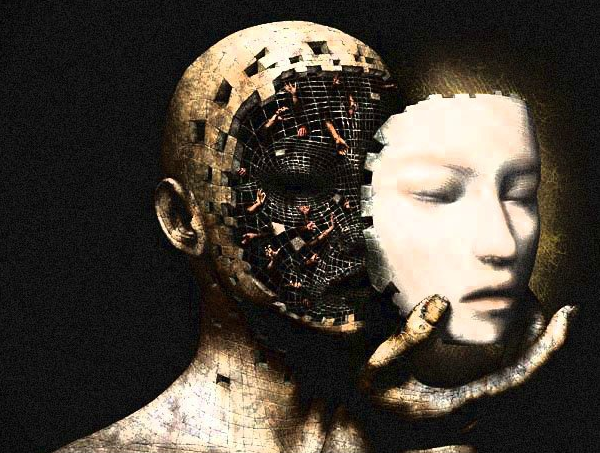
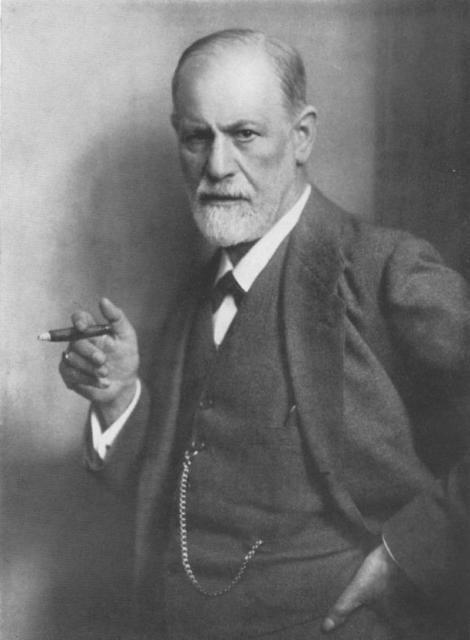
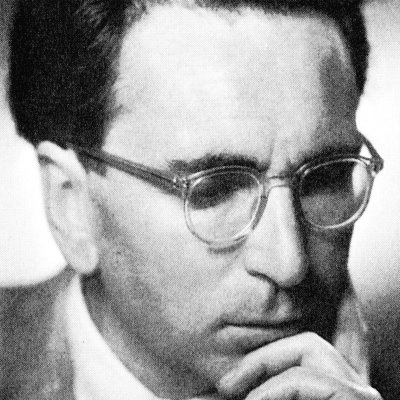
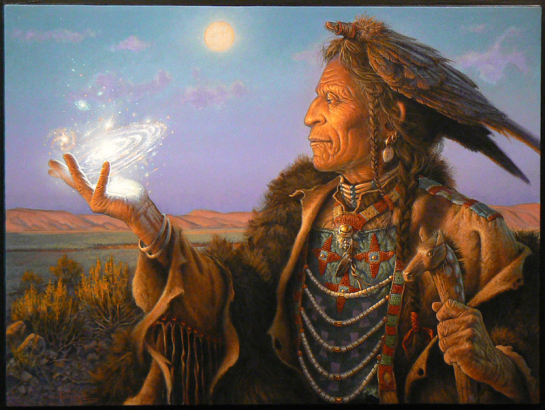
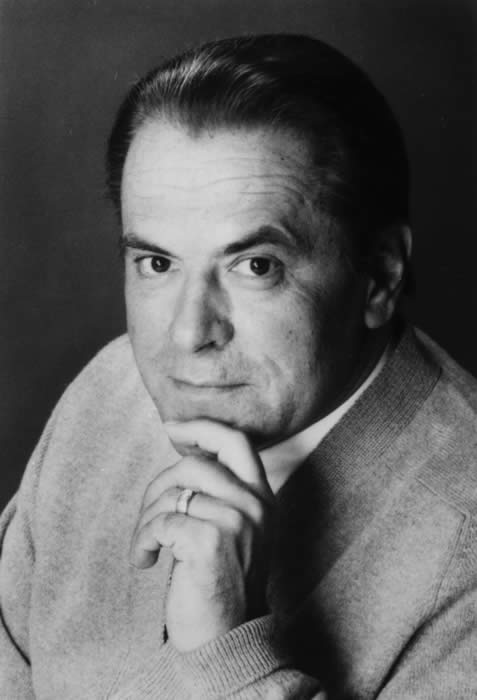



Can’t wait for the next part!